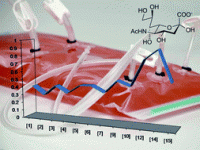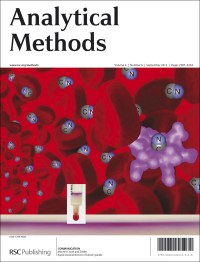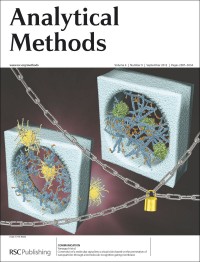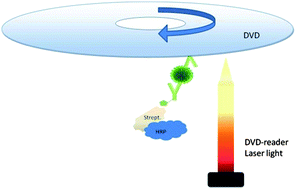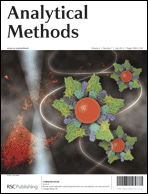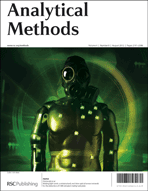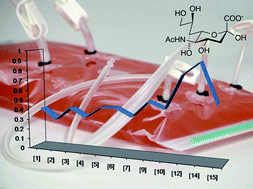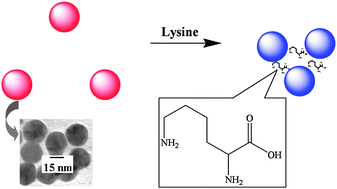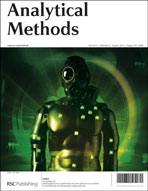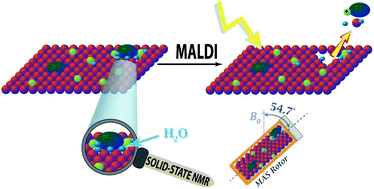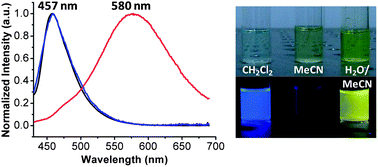This month sees the following articles in Analytical Methods that are in the top ten most accessed:-
Precision in chemical analysis: a critical survey of uses and abuses
Michael Thompson
Anal. Methods, 2012,4, 1598-1611 DOI: 10.1039/C2AY25083G
Fluorescent boronic acid-modified polymer nanoparticles for enantioselective monosaccharide detection
Wan-Kyu Oh , Yoon Seon Jeong , Kyung Jin Lee and Jyongsik Jang
Anal. Methods, 2012,4, 913-918 DOI: 10.1039/C2AY05800F
Novel Electrode Reactions of Diazepam, Flunitrazepam and Lorazepam and Their Exploitation in a New Redox Mode LC-DED Assay for Serum
Kevin C. Honeychurch , Ai Teng Chong , Khalil Elamin and John P. Hart
Anal. Methods, 2012,4, 132-140 DOI: 10.1039/C1AY05419H
Graphene/Au nanoparticles nanocomposite film for selective electrochemical determination of dopamine
Juan Li , Juan Yang , Zhanjun Yang , Yongfang Li , Suhua Yu , Qin Xu and Xiaoya Hu
Anal. Methods, 2012,4, 1725-1728 DOI: 10.1039/C2AY05926F
Nonenzymatic chemiluminescence resonance energy transfer: an efficient technique for selective and sensitive detection of silver ion
Shulin Zhao , Guoxin Qin , Yong Huang , Shuting Li , Xin Lu , Jing Jiang and Fanggui Ye
Anal. Methods, 2012,4, 1927-1931 DOI: 10.1039/C2AY25404B
Graphene oxide as a nano-platform for ATP detection based on aptamer chemistry
Wen Dan Pu , Li Zhang and Cheng Zhi Huang
Anal. Methods, 2012,4, 1662-1666 DOI: 10.1039/C2AY25166C
Sensor and biosensor to detect vascular graft infection: diagnosis and challenges
Mamun Jamal , Faisal M. Shaikh , Bilal Aslam and Kafil M. Razeeb
Anal. Methods, 2012,4, 1865-1875 DOI: 10.1039/C2AY25027F
Al3+ induced green luminescent fluorescent probe for cell imaging and naked eye detection
Debasis Karak , Sisir Lohar , Animesh Sahana , Subarna Guha , Arnab Banerjee and Debasis Das
Anal. Methods, 2012,4, 1906-1908 DOI: 10.1039/C2AY25226K
Polyaniline/ Polyacrylic Acid/ Multi-walled Carbon Nanotube Modified Electrodes for sensing Ascorbic Acid
Ida Tiwari , Karan Pratap Singh , Manorama Singh and Craig E. Banks
Anal. Methods, 2012,4, 118-124 DOI: 10.1039/C1AY05415E
Let there be chip – towards rapid prototyping of microfluidic devices: one-step manufacturing processes
Ansgar Waldbaur , Holger Rapp , Kerstin Länge and Bastian E. Rapp
Anal. Methods, 2011,3, 2681-2716 DOI: 10.1039/C1AY05253E
Why not take a look at the articles today and blog your thoughts and comments below.
Fancy submitting an article to Analytical Methods? Then why not submit to us today or alternatively email us your suggestions.
Comments Off on Top ten most accessed articles in June


